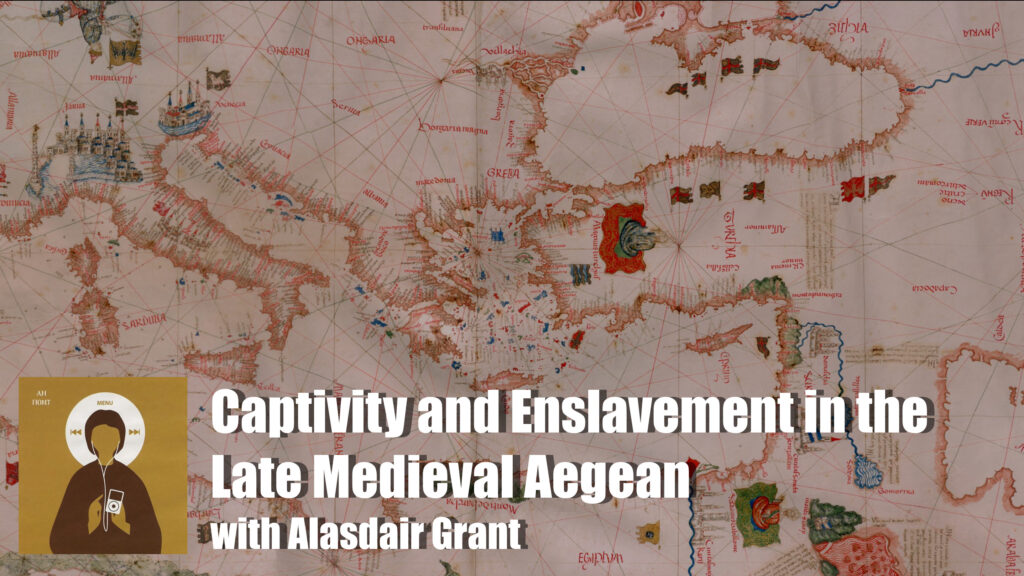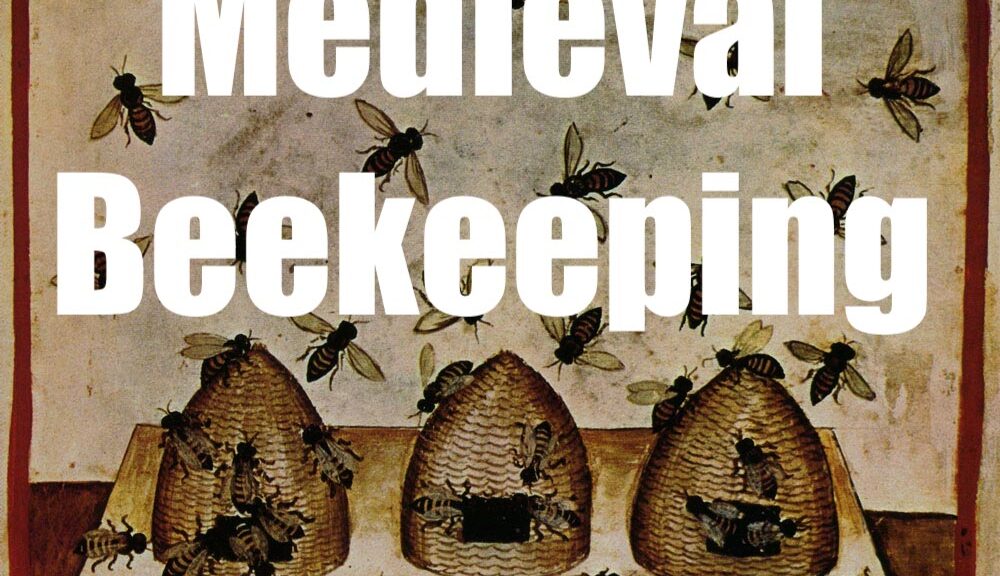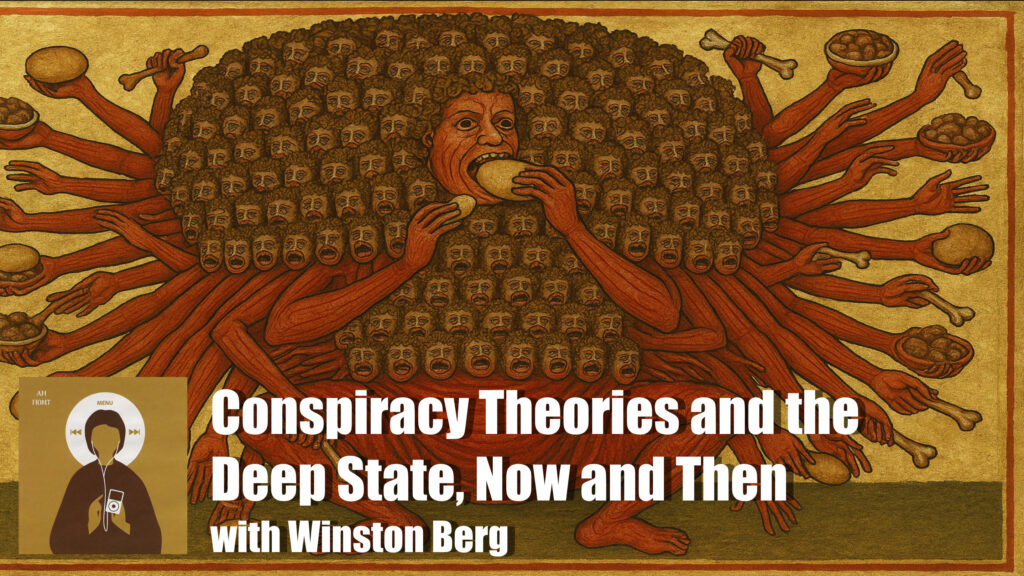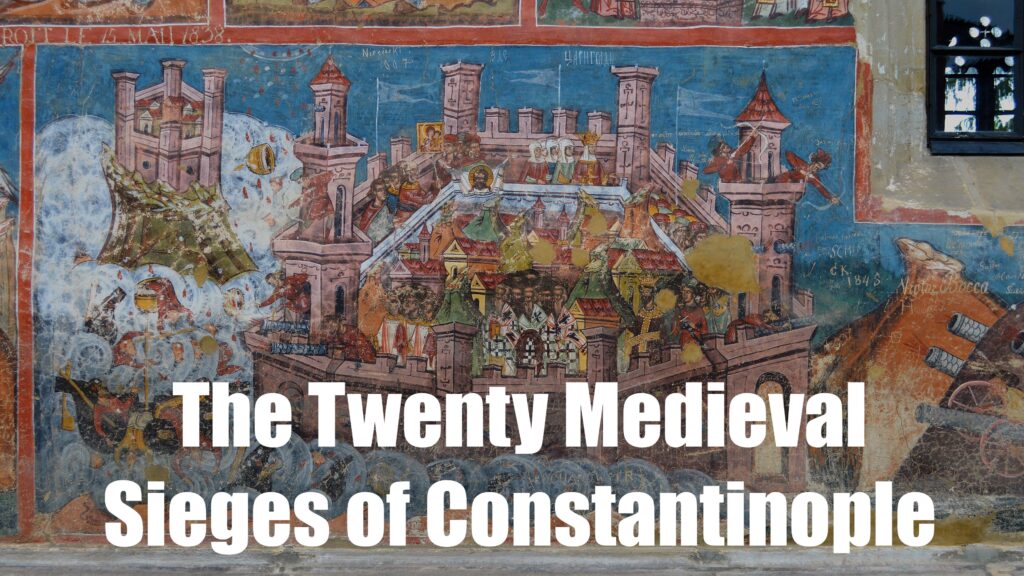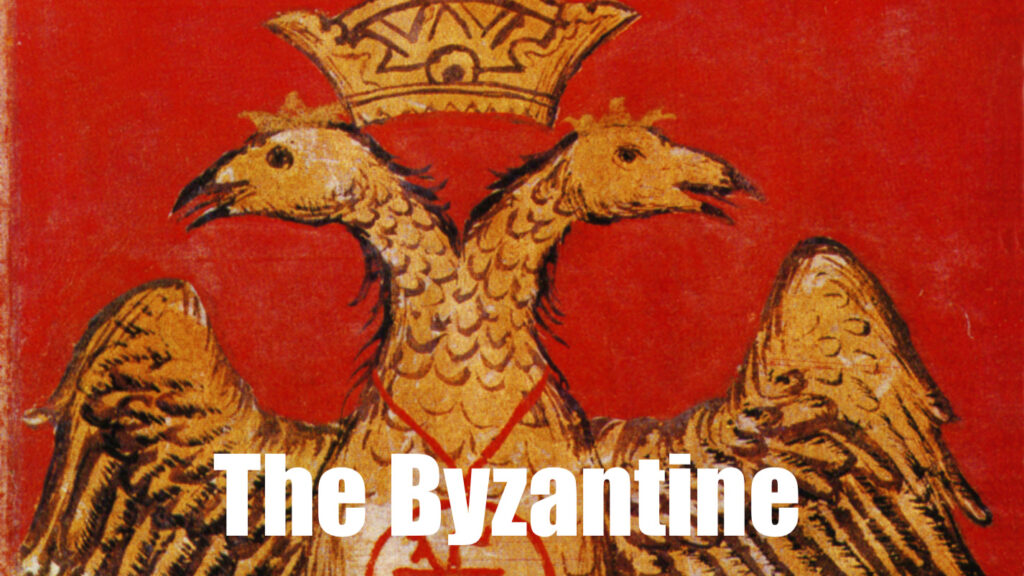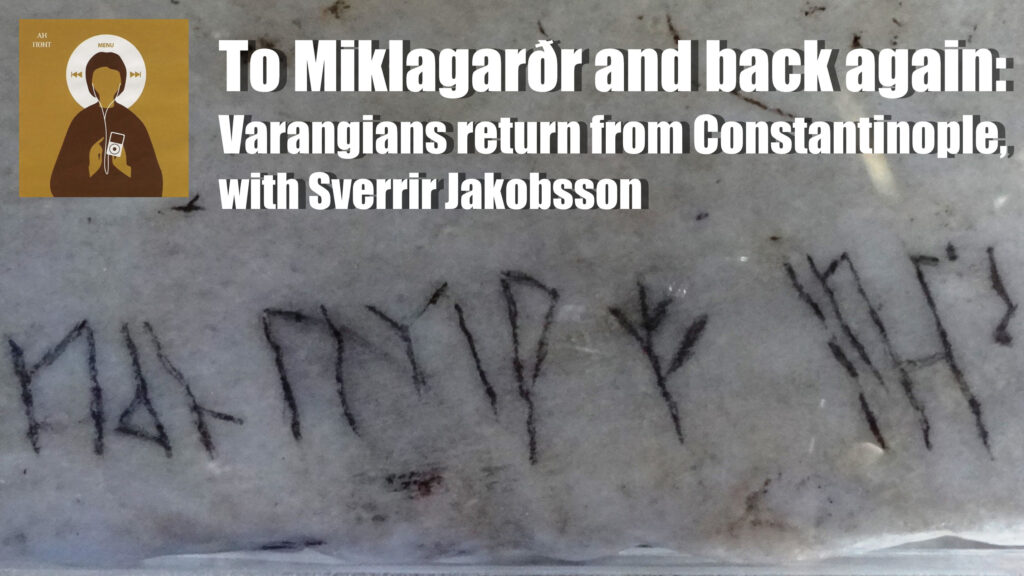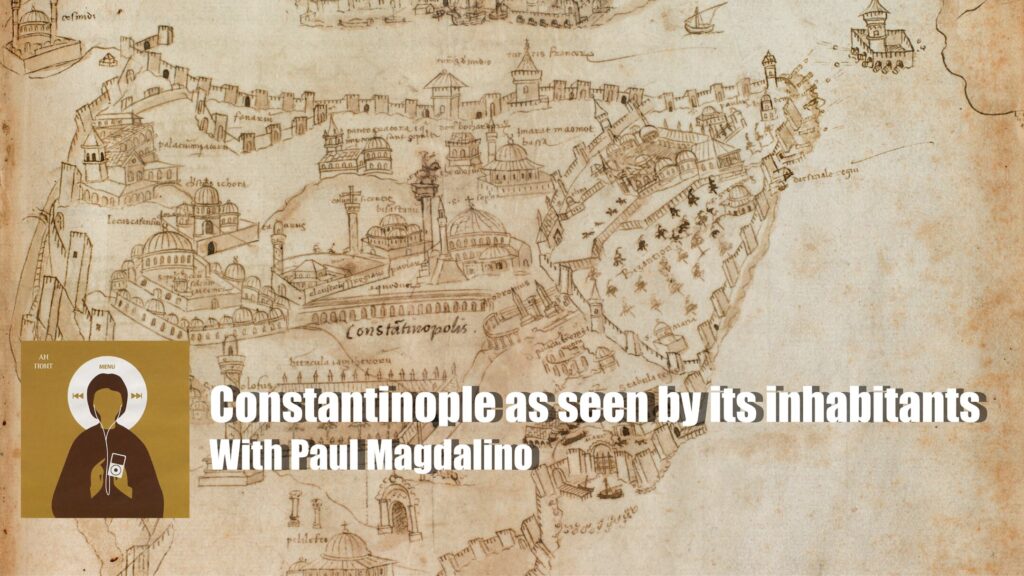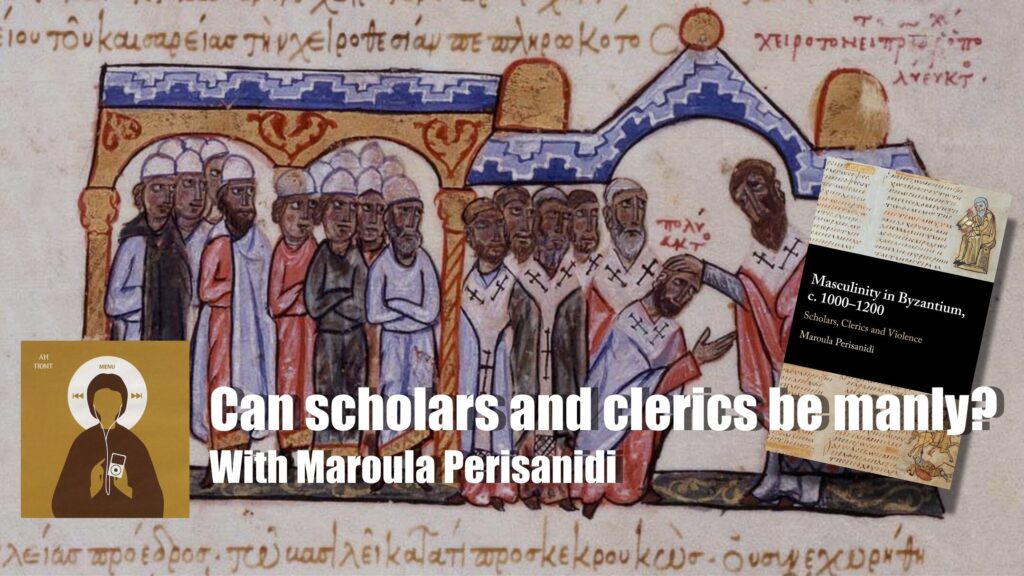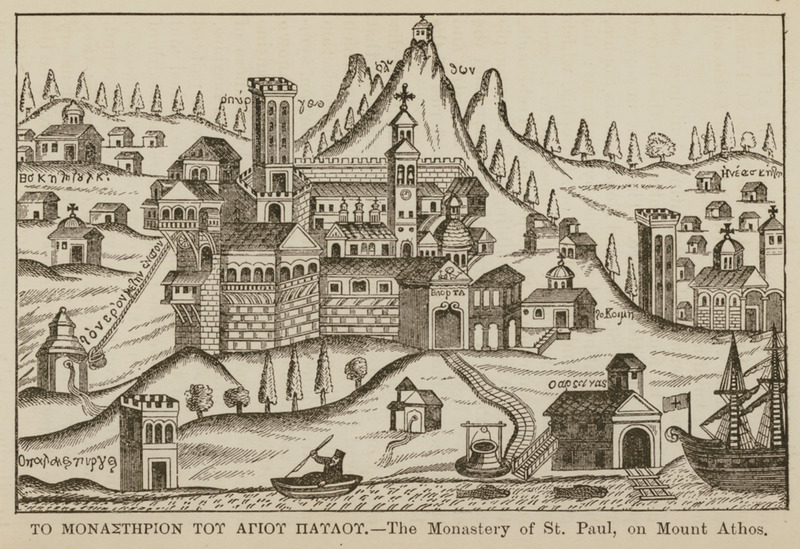Captivity and Enslavement in the Late Medieval Aegean, with Alasdair Grant
A conversation with Alasdair Grant about the captivity and enslavement that many Greeks (Romaioi) experienced in the late medieval period, a period of state collapse during which they were subject to Italian and Turkish raids and attacks.
The Bees of Byzantium: A 10th-Century Guide to Medieval Beekeeping
Discover how medieval Byzantines kept bees with practical advice from the 10th-century Geoponika, a rare farming manual that covers hives, honey, and the remarkable nature of bees.
New Medieval Books: History of the Arab Invasions: The Conquest of the Lands
Futuh al-Buldan is one of the most important primary sources for the early history of Islam. Written around the year 867, it chronicles the era of the Prophet Muhammad, and Muslim expansion into Syria, Egypt and Iraq.
New Medieval Books: Muhammad’s Military Expeditions
Between 622 and 632, the early Muslim community became involved in a series of military conflicts with rival Arabian groups and the Byzantine Empire. This book examines the military history of these encounters, “emphasizing them as a series of tribal incursions rather than religious missions.”
Conspiracy Theories and the Deep State, Now and Then, with Winston Berg
Winston Berg is a political scientist who studies modern American conspiracy theories about politics and the deep state; his dissertation studied the movement known as QAnon. Given our political moment, I thought it would be interesting to discuss with him the different contours and valences that conspiracy theories and deep state notions took in the east Roman polity and in the United States.
The Twenty Medieval Sieges of Constantinople
Discover the twenty medieval sieges of Constantinople, from early attacks by Avars and Arabs to the city’s final fall in 1453.
Hagia Sophia’s Dome Undergoes Restoration to Withstand Earthquakes
Turkish authorities have begun restoring the dome of Hagia Sophia to improve its earthquake resilience—a major project for the nearly 1,500-year-old structure with a long history of seismic damage.
The Double-Headed Eagle in Byzantium: Myths and Realities
It’s a familiar image on church banners and tourist souvenirs: the double-headed eagle soaring over the memory of Byzantium. Yet the real story behind this symbol is far more complex — and far older — than many realize.
New Medieval Books: The Hippodrome of Constantinople
The Hippodrome of Constantinople stood at the heart of Byzantine public life. This book explores the history of the stadium, the thrilling chariot races it hosted, and the vital role it played in the political, social, and cultural fabric of the empire.
The Starving Scholar: A Medieval Satire
A 12th-century Byzantine poem by Theodore Prodromos mocks the false promises of education through the voice of a hungry scholar who finds his purse full of parchment instead of coin.
New Medieval Books: Byzantine Dress
This book presents eleven essays exploring clothing and fashion in the Byzantine Empire. Together, they reveal the diverse ways medieval people dressed—and how their garments often carried deep cultural, social, and symbolic significance.
Byzantine taste, meals, and food culture, with Adam Morin
A conversation with Adam Morin about categories of taste, the meal structure, and the food and ingredients that east Romans ate. What foods were prized and what looked down upon? How do we know what they ate? What do we know about individual preferences?
New Medieval Books: Byzantine Sources for the Crusades, 1095-1204
These translated sources present Byzantine perspectives on the First through Fourth Crusades, offering a view of the Crusades as seen from Constantinople.
To Miklagarðr and back again: Varangians return from Constantinople, with Sverrir Jakobsson
A conversation with Sverrir Jakobsson about the experiences of Northmen — especially Varangians — who traveled to Constantinople and the south and returned home with stories, swords, riches, and prestige.
New Medieval Books: The Church of St. Polyeuktos at Constantinople
Built in the 6th century, the Church of St. Polyeuktos was once the largest church in Constantinople. This book tells the story of this building and its rediscovery in the 1960s.
Constantinople as seen by its inhabitants, with Paul Magdalino
A conversation with Paul Magdalino about the literary traditions and genres that Constantinopolitans developed to talk about the origins, history, cosmic importance, and superlative beauty of their city — the City.
Byzantine Monastery with Stunning Mosaic Discovered in Israel
An archaeological excavation near Kiryat Gat, a city southwest of Jerusalem, has uncovered a Byzantine monastery with a mosaic floor featuring a Greek inscription, as well as a sophisticated winepress and other ancient structures.
Sutton Hoo Warriors fought in the Byzantine Army, historian argues
The renowned Sutton Hoo burial site is famed for its opulent grave goods, but their origins remain a mystery. A newly published study in The English Historical Review presents a groundbreaking theory, offering “a startlingly new view of early Anglo-Saxon history.”
Can scholars and clerics be manly?, with Maroula Perisanidi
A conversation with Maroula Perisanidi about the distinctive kind of masculinity that was fashioned by scholars and priests in the eleventh and twelfth centuries, the challenges and deficits that it faced, and the masculine capital that men in those occupations tried to amass and then spend.
Portrait of the Last Byzantine Emperor Discovered
Archaeologists in southern Greece have discovered a unique portrait of the last Byzantine emperor, Constantine XI Palaiologos, hidden within a layer of frescoes dating to the mid-15th century.
Early Medieval Christian Basilica Discovered in Italy
Archaeologists have uncovered a significant early Christian basilica in Aquileia, Italy, shedding new light on the city’s religious and geopolitical role during the Byzantine era.
The Fall of Constantinople, Pope Pius II, and the Birth of Europe, with Nancy Bisaha
A conversation with Nancy Bisaha about the origins of the idea of “Europe” as a place of identity and not just geography. One of its first theorists was the Italian humanist Aeneas Piccolomini (later Pope Pius II), who was in part reacting to the fall of Constantinople to the Ottoman Turks. The problem of whom to include and exclude as Europeans was there from the start. We talk about Aeneas himself and the siege of the City.
John of Brienne: King of Jerusalem and Emperor of Constantinople
We have released our first digital book – John of Brienne: King of Jerusalem and Emperor of Constantinople, by James Turner. You can buy it now on our Patreon Shop.
A Byzantine Account of Harald Hardrada’s Varangian Years
Most of what we know about Harald Hardrada, the Viking leader and King of Norway, comes from Norse sagas. Yet, a Byzantine account offers rare insights into his time serving as a Varangian guard in the Byzantine Empire.
Women and the Mount Athos in the Byzantine Period
My topic this evening is women and Mount Athos in the Byzantine period and I emphasize the conjunction and women and Mount Athos, not women on Mount Athos.
